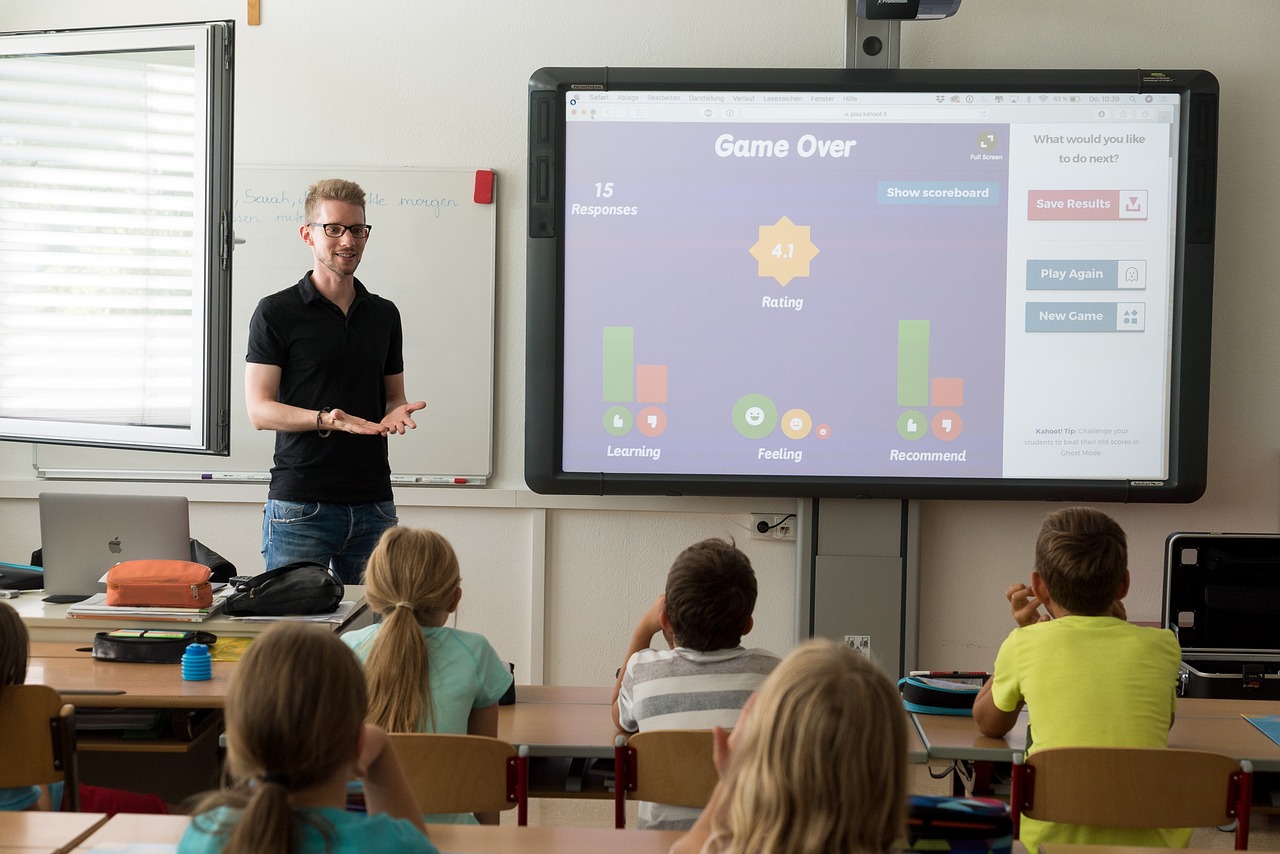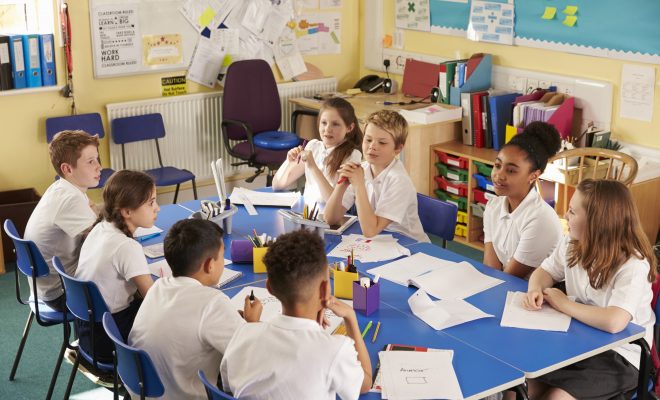Differentiated instruction strategies that work

If you’ve been told you have to differentiate instruction in your classroom, you may be feeling a little anxious.
Simply put, differentiation means customizing instruction to meet student needs in learning. Classroom lessons must appeal to children’s interests, and the assignments have to meet students where they are in the learning continuum. Few people would disagree with the concept of differentiating instruction in the classroom.
It’s what’s best for students.
Differentiating instruction, however, can seem like a lot of work, especially if you have many students with a variety of needs.
In reality, differentiated instruction may be easier to incorporate than it first appears. Try using strategies like the following to support the students in your classroom. To get students engaged in learning quickly, think about differentiating instruction for individuals, pairs of students, and the kids you want working in groups.
Differentiation for going it alone
- Learn what interests your students by asking them to complete a likes/dislikes inventory. Develop lessons that will appeal to student interests.
- Assign a time limit for homework. For example, ask students to complete as much of the assignment as possible in a predetermined amount of time, such as 20 minutes.
- Use students’ strengths rather than weaknesses when asking them to complete an assignment.
- Allow for student choice by presenting multiple options. Offer a learning menu or permit students to choose how many examples they will provide once you have set a minimum number.
- Scaffold the questions you ask so every student can participate in answering them. Create levels of rigor by using stems for hard, harder, and hardest questions.
Customization ideas for student pairs
- Have students ask a partner first. Some teachers refer to this as the “Three before me” approach. Students who have a question or need assistance must first check with three other students before asking the teacher.
- Try Think-Pair-Share to get pairs of students thinking and responding critically to assignments.
- Identify students with similar learning styles and have them work as a team.
Effective differentiated instruction strategies for groups
- Group students by learning goals, not learning gaffs. Students with a common goal are more likely to achieve it than a group of students who reluctantly sit together because of perceived inferiority.
- Keep the groups flexible. Having students work in different groups preserves novelty in learning, and it helps students maximize their learning, especially if the groups are dynamic.
- Get your class involved in developing the grading rubric. Students who have ownership in the process are more likely to focus on meeting evaluation standards.
- Role play when possible. Get groups involved in creating simulated experiences.
- Create a seminar experience in which students serve as panel experts and share what they’ve learned.
In conclusion
Inevitably, a student may point out the fairness of a differentiated assignment. The student may think that another student in the class is getting off easier because of the customization.
That’s the perfect time to remind your students that you differentiate instruction to give every student what he or she needs to learn and grow.






